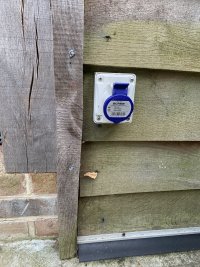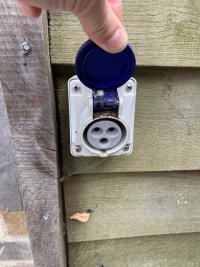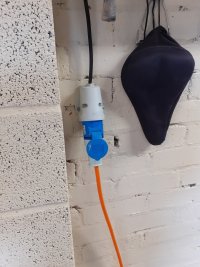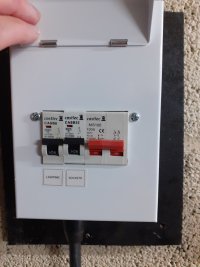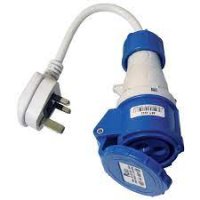R
Robert_S
VIP Member
Looking for some electrical advice please. I have a lighting switch in my garage that isn't used. It is however in a handy position for electrical hookup/charging whilst the Cali is garaged and I'd like to get it converted to a socket for that sole purpose. The wiring for the light switch has an earth and goes back to a fuse board where it is protected by a C6 breaker. Other sockets in the garage go to their own dedicated breaker on the board. According to my Cali supplement, the leisure batteries take 12.5 amps on charge. What I'd like know is, does the C6 breaker act solely on the current or the power (volts x amps) it sees when charging at the 12.5 amp level? If the latter, would the C6 provide adequate protection. Many thanks, Robert



